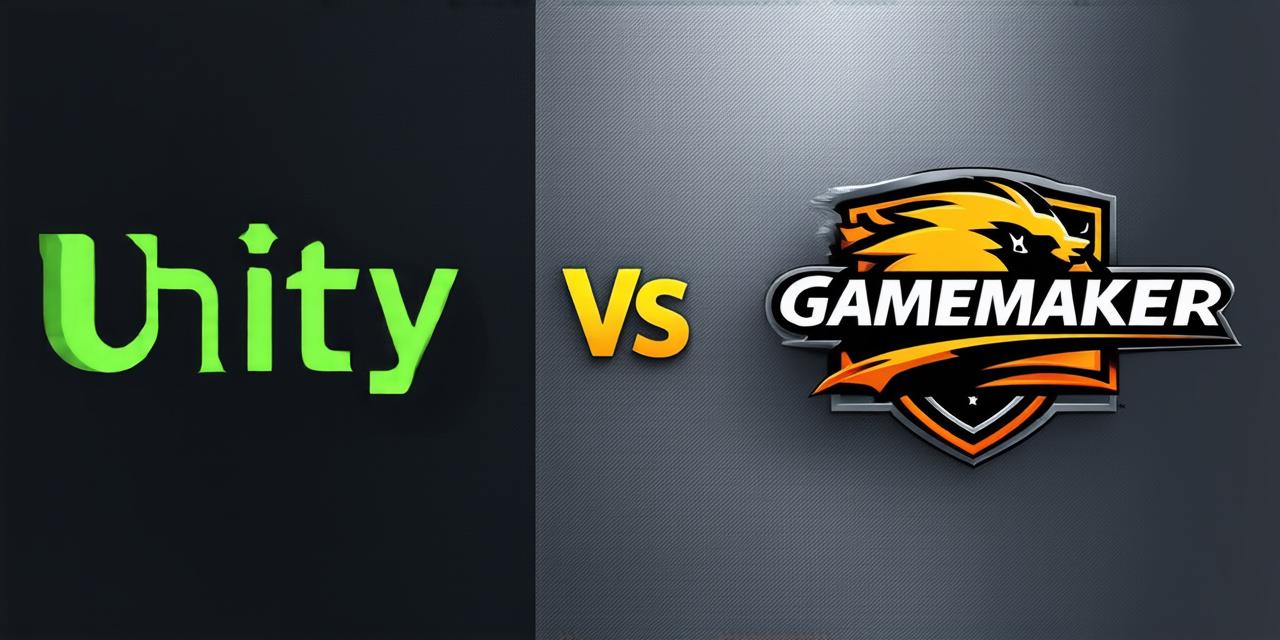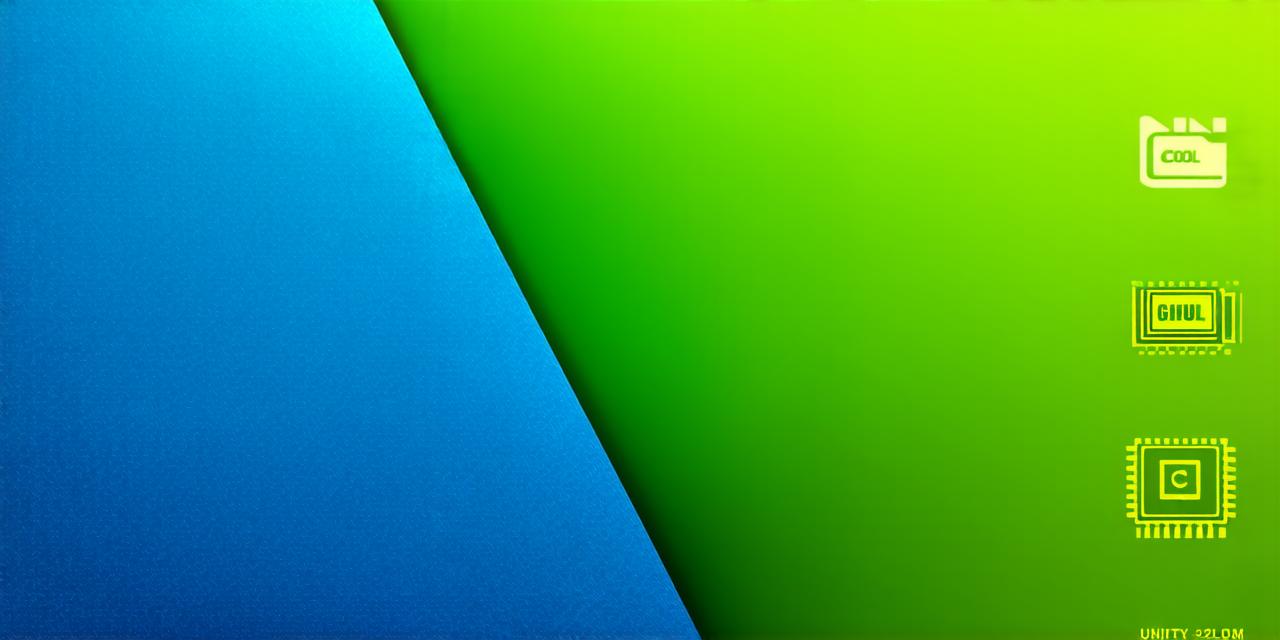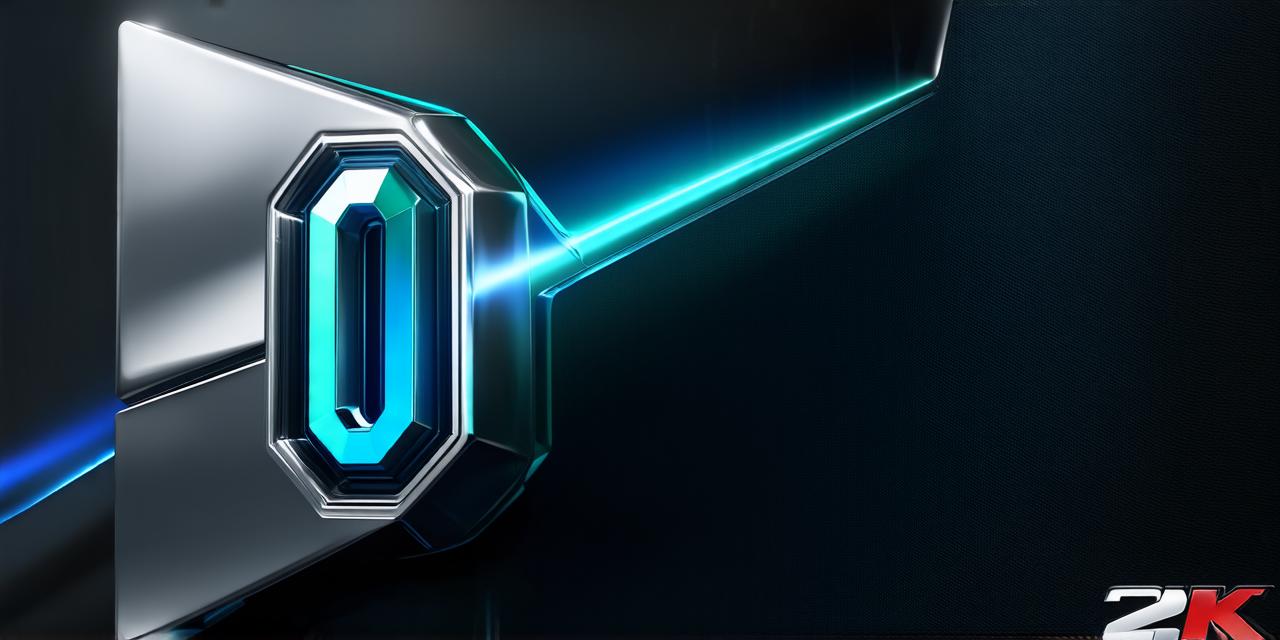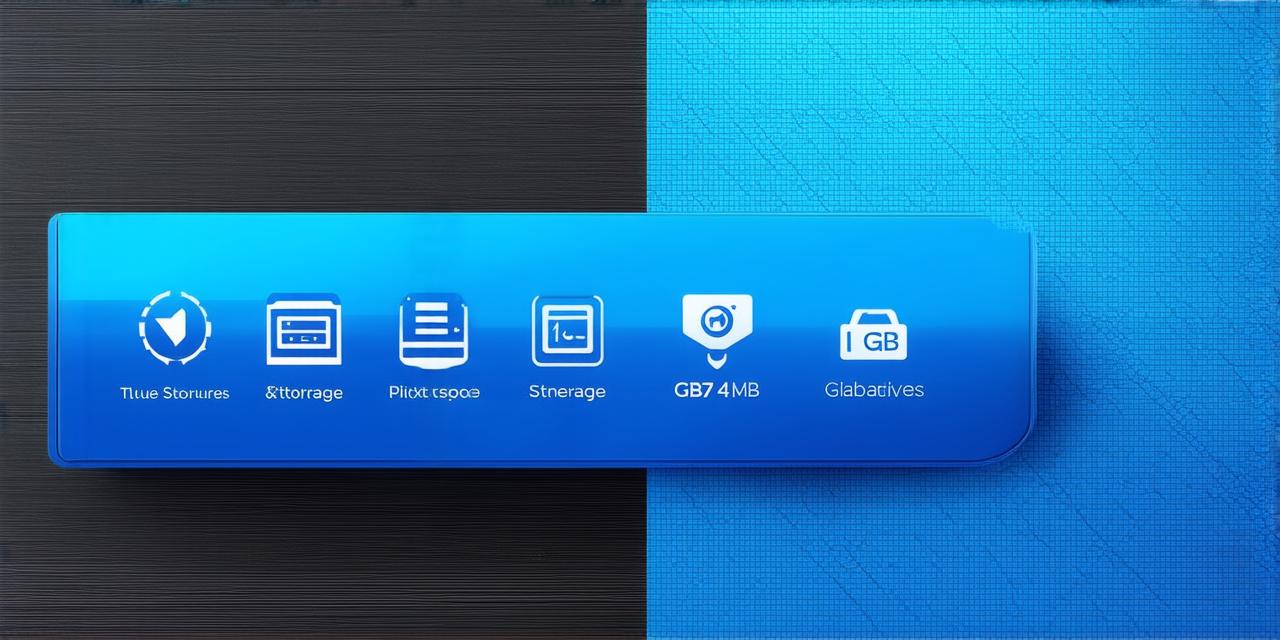Unity Overview
Unity is a cross-platform game engine that was first released in 2005. It has since become one of the most popular tools for creating 3D games, as well as virtual and augmented reality applications. Unity supports a wide range of programming languages, including C, JavaScript, and Boo, making it accessible to developers with different skill sets.
Advantages of Unity
One of the biggest advantages of Unity is its user-friendly interface. It has a simple drag-and-drop system that allows developers to quickly create 3D scenes without needing to write complex code. This makes it an excellent choice for beginners or those who want to prototype their ideas quickly. Additionally, Unity’s extensive library of pre-built assets and tools can save developers a lot of time and effort when creating 3D applications.
Disadvantages of Unity

Despite its many advantages, Unity also has some drawbacks that developers should be aware of. One of the biggest issues is its performance. While Unity has come a long way in recent years, it can still struggle to run smoothly on lower-end systems. This can be a problem for developers who are targeting mobile devices or older hardware.
Another disadvantage of Unity is its limited support for advanced graphics and effects. While it does have some powerful tools for creating complex visuals, it may not be the best choice for developers who require highly detailed or realistic 3D environments. Additionally, Unity can be quite memory-intensive, which can cause issues on lower-end systems or devices with limited RAM.
Unity vs. Other Platforms
When comparing Unity to other 3D development platforms, it’s important to consider the specific needs and requirements of your project. For example, if you are creating a game that requires advanced graphics and effects, you may want to consider using Unreal Engine instead. On the other hand, if you are developing a simple 3D application that needs to run on multiple platforms, Unity may be the better choice.
Real-Life Examples
There are many successful 3D applications that have been created using Unity. One popular example is the virtual reality game “Beat Saber,” which was developed by Beat Games and released in 2017. Another example is the augmented reality app “Ikea Place,” which allows users to see how furniture would look in their home before making a purchase.
In addition to these, many companies have used Unity to create interactive product demos, virtual training simulations, and even educational games for children. The versatility of Unity has allowed it to be used in a wide range of industries and applications.
Summary
In conclusion, Unity can be a great choice for creating 3D applications, especially if you are a beginner or want to prototype your ideas quickly. However, it may not be the best choice for projects that require advanced graphics and effects or high performance. Ultimately, the decision of which platform to use will depend on the specific needs and requirements of your project. If you are unsure about which platform to choose, it’s always a good idea to try out both options and see which one works best for your needs.
In summary, Unity is a versatile and user-friendly tool that can be used for creating 3D applications in various industries. Its cross-platform capabilities and extensive library of pre-built assets make it an attractive choice for developers with different skill sets. However, it may not be the best choice for projects that require advanced graphics and effects or high performance. It is always important to evaluate the specific needs of your project before making a decision about which platform to use.




